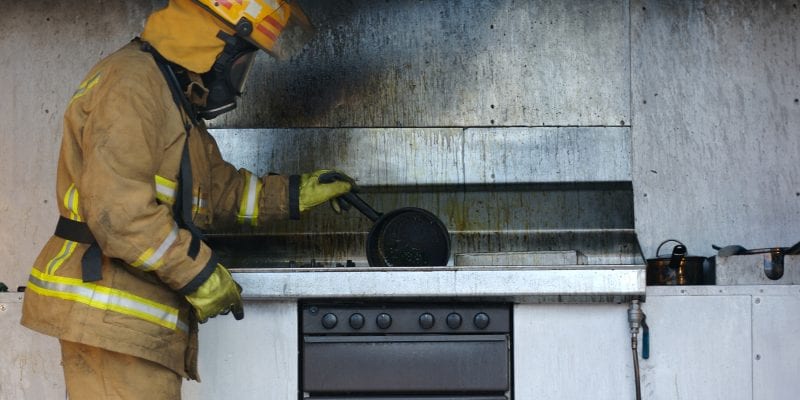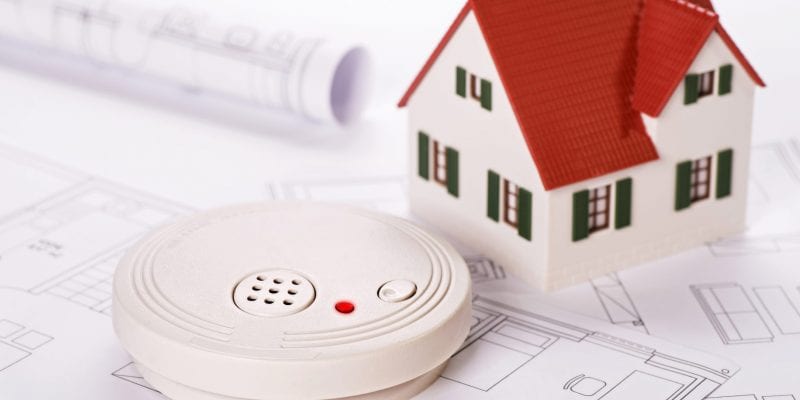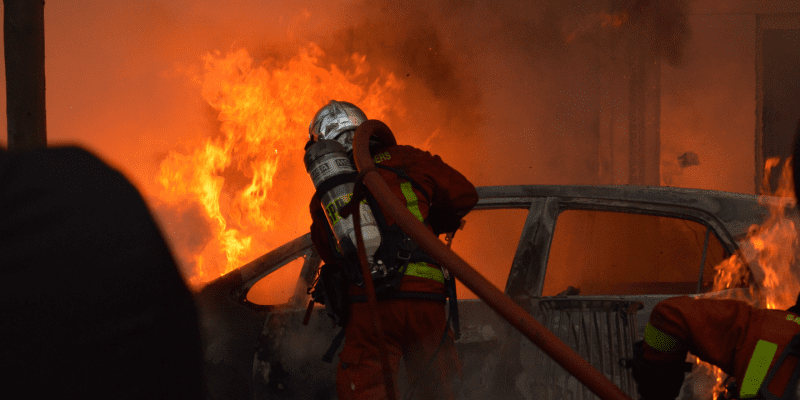How Harmful is Soot on Appliances, Countertops, Walls, and Other Surfaces After a Fire?
Once a fire has been put out, you may feel that you are in the clear. This isn’t necessarily the case; while extinguishing a fire does indeed remove a clear and present danger to your home and your family, it leaves behind smoke damage, ash, and soot, all of which can cause long term damage on their own.
Soot is residue from burned materials, which includes fuels, wood, and more. In large deposits, such as within a chimney place, it can even re-ignite. The type of soot that you’ll be dealing with will be less concentrated, but no less of a hazard. Inhaling soot can lead to cardiovascular problems in people of any age or level of health.



